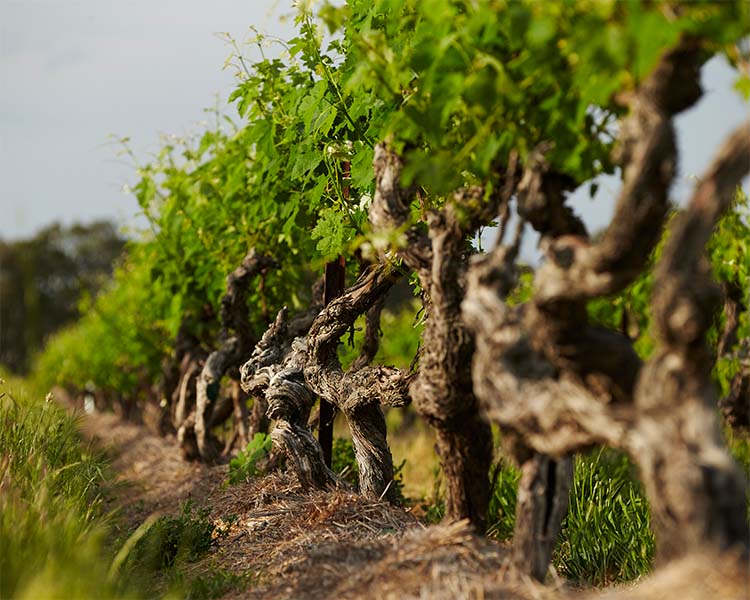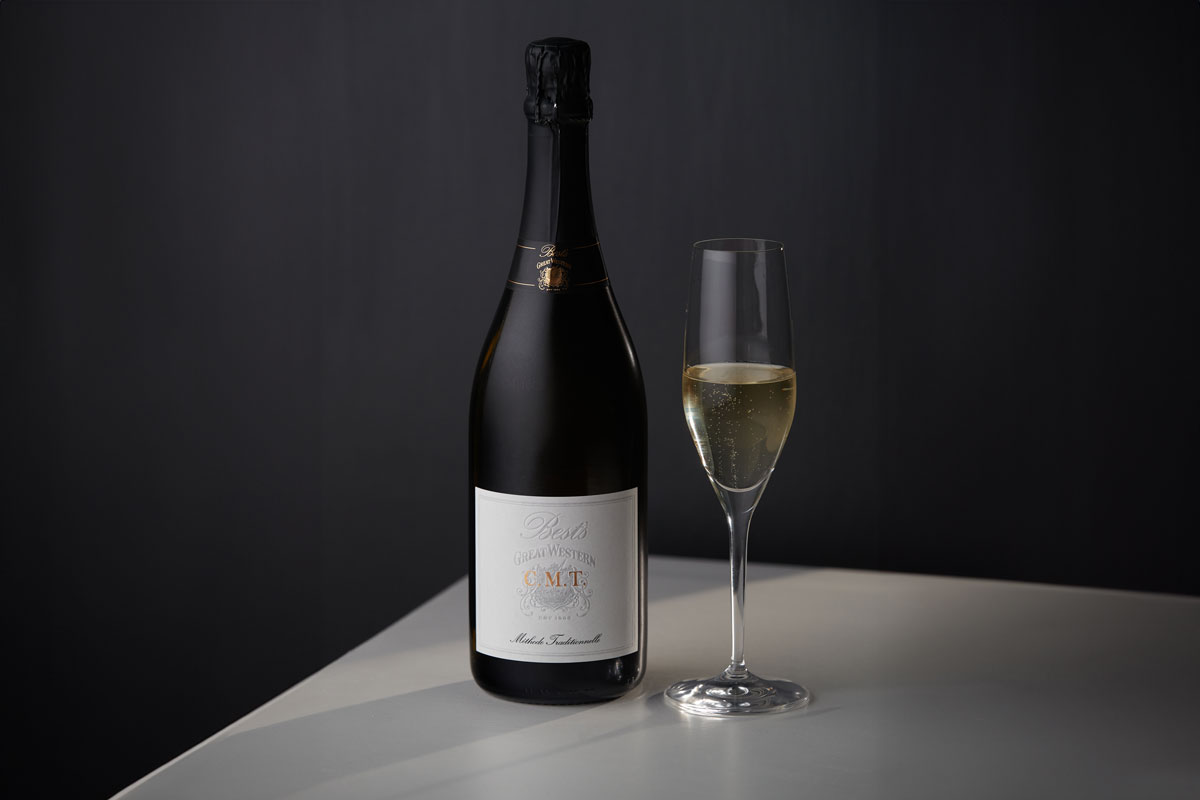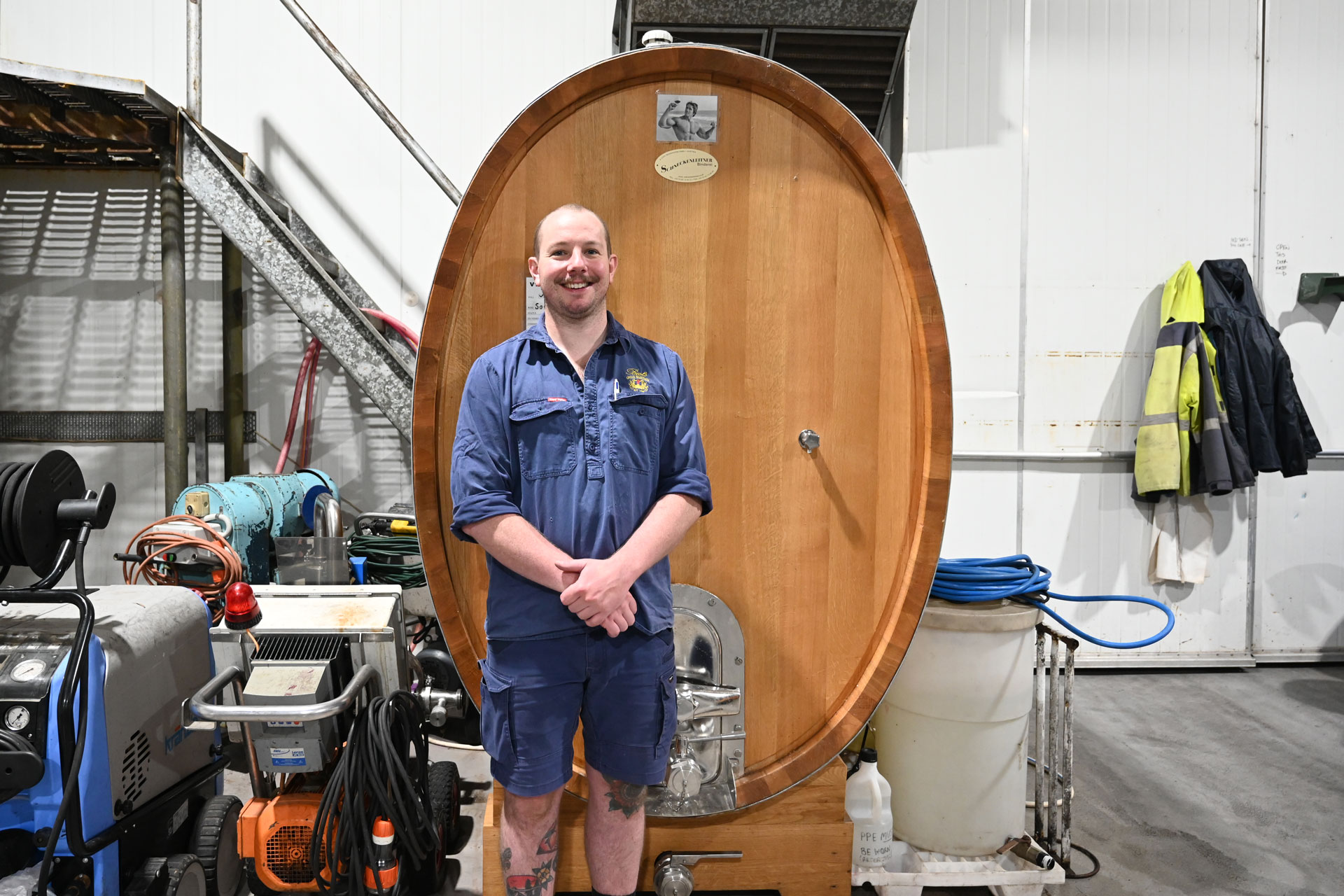Decanting Young Reds
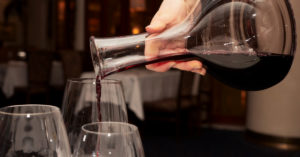
Growing up in a family in which wine is the backbone of our existence has taught me a thing or two about the enjoyment of wine. One thing I’ve learned along the way is that decanting younger red wines (screw top or cork) always improves their flavour. From my experience at cellar door, holding tastings and at home, I’ve almost always seen a benefit from allowing a young red wine breathe; and the younger, more tannic the wine, the more time it needs to “breathe”.
What is breathing the wine?
Breathing or aerating a wine gives it exposure to oxygen. This in turn lifts the aromas from the wine into the surrounding space and softens the tannins. (I’ve also seen this transformation occur in the
occasional Chardonnay.) It basically allows the wine to express itself in its most open, heightened state. Which wines should be allowed to breathe? Most young full-bodied reds – Shiraz, Cabernet Sauvignon, Grenache, Mourvèdre.
Common methods
There are two commonly used methods to allow a wine to breathe. One method is to pour the wine into a decanter. The second is to use an aerator, or Vinturi, which is the common brand. An aerator sees the wine being poured through the aerator device into a glass. This exposes the wine to oxygen. In my experience this method seems to give the wine a good lift to the flavours on the nose and the palate. This is a quick and convenient way that can be achieved by the glass. Whereas the decanting method is best done by the bottle. It allows the fruit aromas and flavours to grow, the tannins to soften and the faults to dissipate.
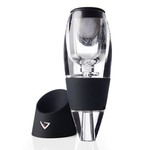

If you’re keen to get the best out of a Pinot Noir, I suggest allowing it to breathe in the glass. I have used a Vinturi on Pinots in the past with varying results. On some wines it works wonderfully. On others the Vinturi has stripped almost all the aromatics and fruit flavours from the wine. If you do want to aerate a light red, decanting will allow you to get the best from those more delicate characteristics without affecting them detrimentally.
Decanters come in all shapes and sizes. For young wines, you’re looking for a method of exposing the wine to the greatest surface area or volume of air possible. Choose a decanter that does this in a way that works best for you and suits your personality.
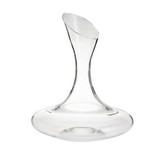
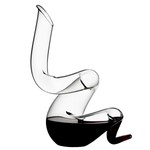
How long does a wine need to breathe?
For best results, remove the cork or screw top from the wine after lunch. This will allow it to come to life for dinnertime. Or pour it into a decanter at about 5pm for a 7.30pm dinner date. Try not to be in a hurry.
Which serving temperature is best? Temperature can play an important role in the enjoyment of wine. If your reds are too cold, breathing the wine will not open it up very much. It’s like walking into the house after being out in the frost – the protective layers come off. Try to always get the temperature right before allowing a wine to breathe.
Serve your lighter reds at 12-13°C and heavier reds close to 15°C. In winter, pull the wine out of its hiding place. Place it on the dining table or kitchen bench to bring it to room temperature. In summer, your wine may need time in the fridge to cool down before serving. The hotter the wine, the quicker it will release its aromatics, leaving only the acid and tannin structure behind.
Want to read more about decanting and aerating wine? Give this interesting article a read:


